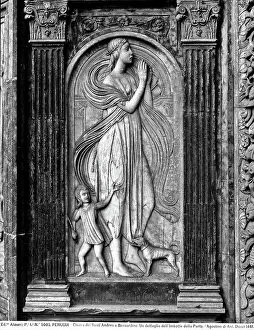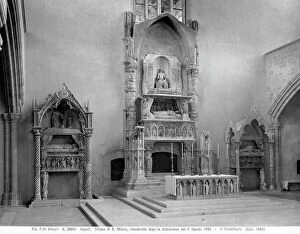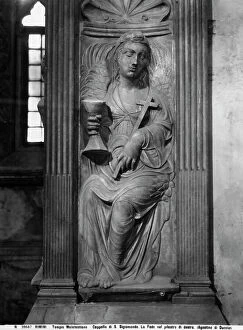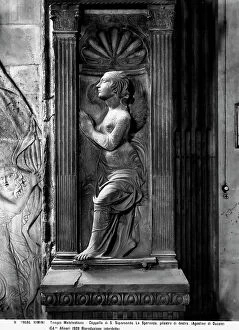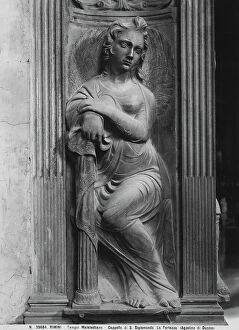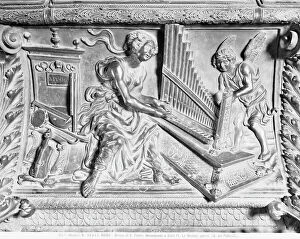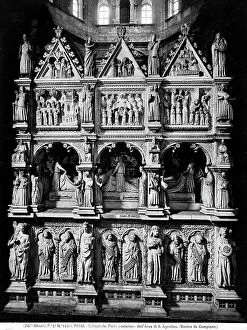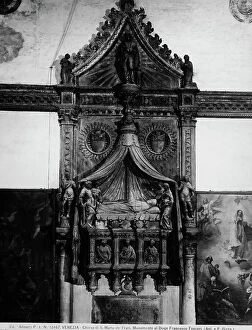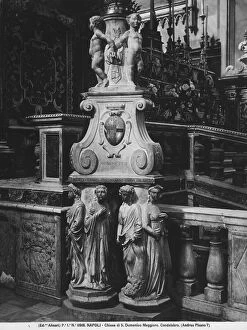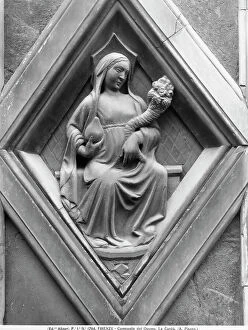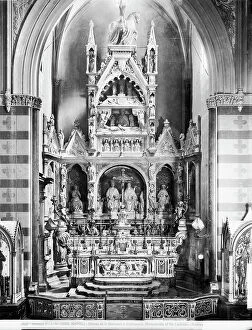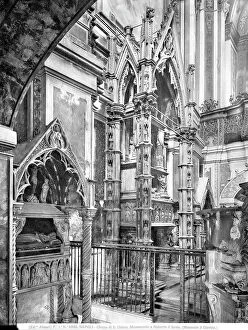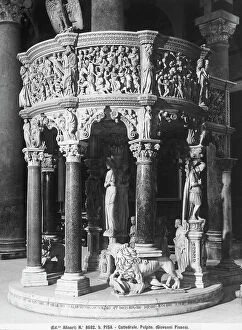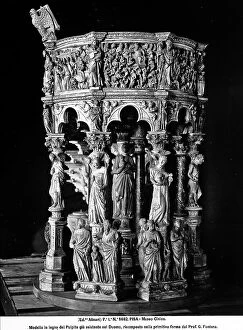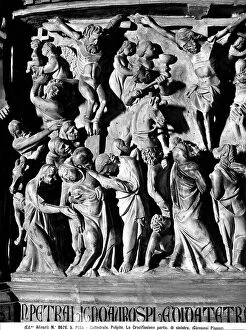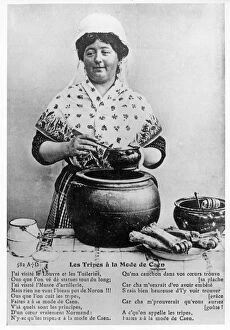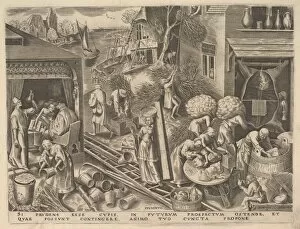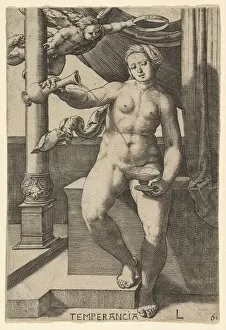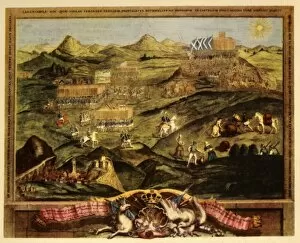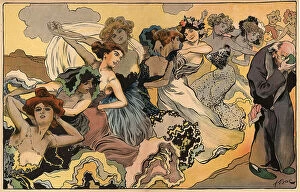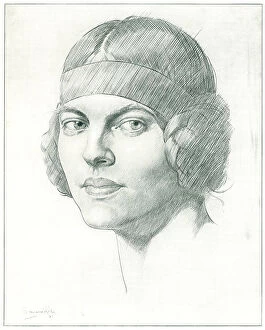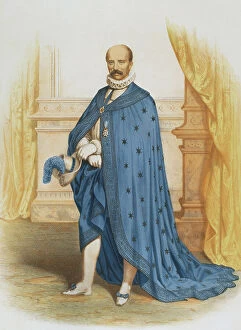Virtue Collection (page 5)
"Virtue: A Timeless Quest for Moral Excellence" In the realm of chivalry, three noble knights embarked on a sacred mission
All Professionally Made to Order for Quick Shipping
"Virtue: A Timeless Quest for Moral Excellence" In the realm of chivalry, three noble knights embarked on a sacred mission. "The Attainment; The Vision of the Holy Grail to Sir Galahad, Sir Bors and Sir Percival" depicts their unwavering dedication to virtue as they sought the ultimate symbol of purity. Across time and space, even Cincinnatus was called from his plough to exemplify virtuous leadership. His selflessness in leaving behind his humble farm reminds us that true virtue knows no boundaries. "The Annunciation" captures a moment when Mary's virtuous nature shone through her acceptance of divine destiny. Her humility and faith continue to inspire generations. Through "The Parable of the Talents, " we learn that virtue lies not only in our abilities but also in how we utilize them for the greater good. This timeless lesson urges us to cultivate our talents with purpose and integrity. "Hercules at the Crossroads" portrays a pivotal moment where Hercules faced temptation but chose moral rectitude instead. It serves as a reminder that true virtue requires strength and resilience against life's trials. From Danejohn Hill in Canterbury, Kent, James Baylis Allen immortalized an idyllic landscape where one can find solace amidst nature's beauty—a place where they can flourish undisturbed. John Rogers' masterpiece "The Genius of Poetry Finding Burns at the Plough" celebrates Robert Burns' ability to channel his creativity while laboring humbly. It teaches us that virtue is not confined by occupation or social status—it resides within each individual waiting to be discovered. Engraved within our hearts is Charity—the embodiment of selflessness and compassion towards others. Its depiction reminds us that acts driven by love are among the highest forms humanity can achieve. Lorenzo de Medici's fresco welcomes muses and virtues into Florence—an ode to their transformative power.

